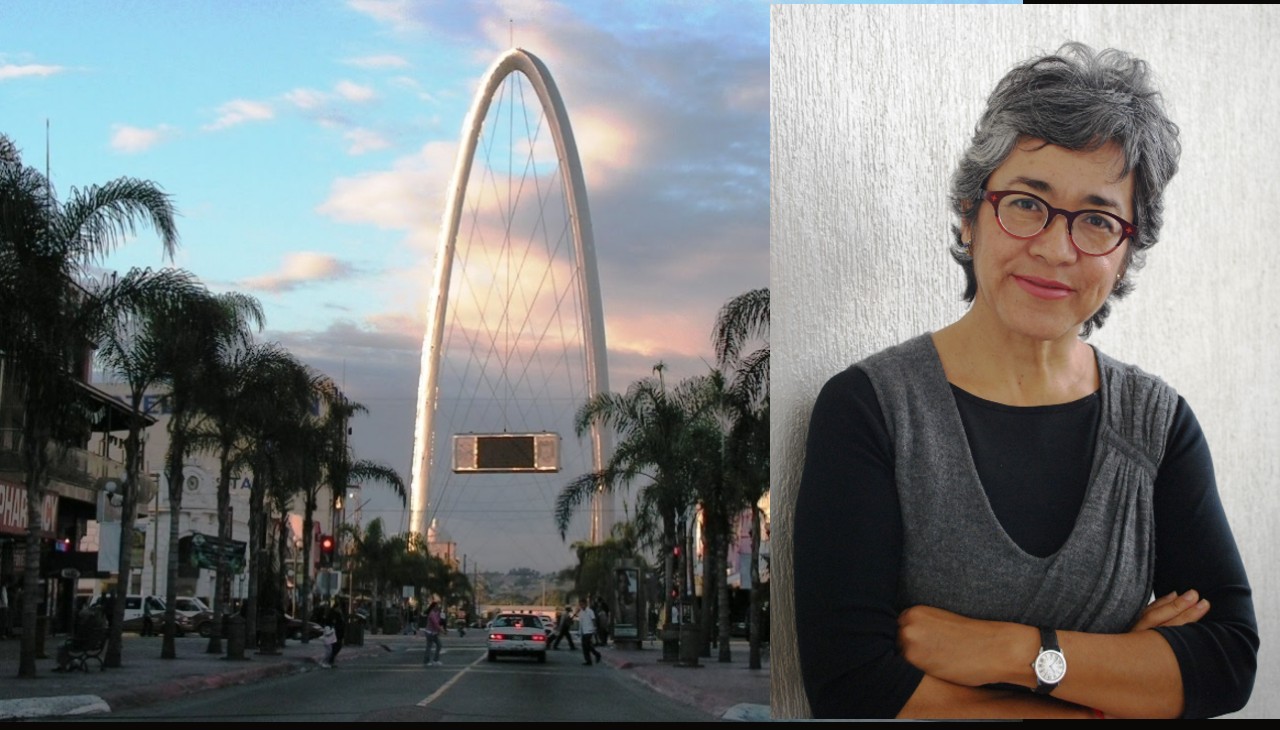
Tijuana/San Diego: The Western-most border in Latin America
Mexican writer Cristina Rivera Garza explores one of the most emblematic borders of the Americas
Cristina Rivera Garza has no doubt that one of the most important borders in the contemporary world, but also in her life, is the corridor between the city of San Diego, in southern California, and Tijuana, in Mexico.
"You may have heard tremendous, tragic stories... from that place. All of them are true. A lot of goods pass through there, Mexican workers trying to find a better life in the U.S. However, Tijuana is not just a place of passage and obstacles. At the same time it has built a very significant life, with great cultural and social significance," the renowned Mexican author and professor explained at a conference at Casa America Madrid about the borders that mark the history of Latin America.
Rivera Garza, author of novels such as Nadie me verá llorar, winner of several of the most important literary awards in Mexico and abroad, has taught history and creative writing at various universities and institutions, such as the National Autonomous University of Mexico (UNAM), the Tec de Monterrey, the Toluca Campus and the University of California at San Diego. It was while working at the latter that she had the opportunity to observe firsthand what life was like in the border city, to which she traveled frequently to visit friends, participate in cultural activities or enjoy the local food.
"Although it is true that I crossed the border in a privileged way, I realized that Tijuana is a relatively young city, a city of desire, a dark place, where some black legends portray it as a place where everything is allowed," she explained.
But the Tijuana she knew was also a city that lives "with the continuous tragedy" of constant migration due to international laws. It's a city where it is common to see detained migrants of different Latin American nationalities, from Haiti to Bolivia.
"It is a very cosmopolitan city," she said. "It is a city where there are intense and very current discussions about what is happening in Mexico, on the border and throughout Latin America and the U.S."
"If one thinks of Tijuana, one also thinks of the red zone, of constant partying, but if one moves forward and takes International Avenue, on the side of which there is a wall, the wall that separates Mexico from the U.S., the signs of the Pacific Ocean will appear," she described.
RELATED CONTENT
"It is there, after hills, steep ups and downs, where the sea will appear, always very gray, the beaches of Tijuana... And if we follow the side of the border wall, we will see a series of posts — the wall — that go into the sea. It's one of the most surreal and strange constructions, a record of the relations between the U.S. and Mexico," recalled the author, who just published her latest novel, Autobiografía del algodón (Autobiography of Cotton), where she explores her grandparents' relationship with the land in northern Mexico.

Despite the bars that separate Mexico from the United States, in Tijuana, Rivera Garza detected a dose of humanity in the families who took their chairs and started talking on either side of the divide, the vendors of chicharrones, popsicles, craft stores... "All of this tells us about this very hectic and commercially dynamic life on the border. Although we should not take our finger off the sore spot, because the sore spot exists, all these people who cross the border every day in search of a better future..."
Finally, the author highlighted the interesting and diverse food scene that has developed in Tijuana.
"So many Latin American nationalities converge that through the palate we can discover its diversity," added the author, who currently teaches at the University of Houston, in Texas.
Tijuana is, along with Mexico City and Oaxaca, one of her favorite places in Mexico.
"Because it smells, because it enjoys, because it is very much alive. Because it always has a critical response to the provocations that come from both the south and the north," she concluded.











LEAVE A COMMENT:
Join the discussion! Leave a comment.